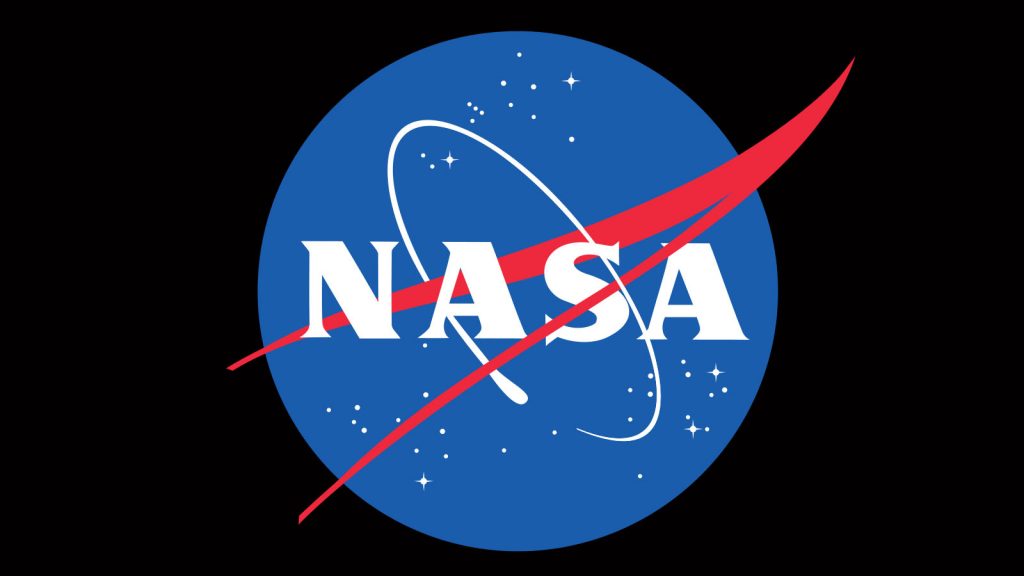Stony Brook University’s Psychiatric Epidemiology Division of the Department of Psychiatry and Behavioral Science received two grants from NASA seeking to investigate “asynchronous communication methods for developing behavioral health treatment during long duration space missions,” meaning that they’re trying to find different modes of communication that will be most effective for astronauts’ behavioral health. The grants for the three-year research project totals over $750,000.
In early September of this year, NASA launched the Research Opportunities in Space and Earth Sciences 2015 program, calling for new proposals for its space program. With the recent discovery of flowing water on Mars, NASA is planning missions to Mars that will require astronauts to spend longer durations in space.
During this time, astronauts will experience a forty-minute delay in real time communication. Without ample forms of communication with mental health professionals on Earth, astronauts’ behavioral health may be at risk.
“Projective health risks include depression, anxiety, elevated distress, extreme fatigue, sad mood, etc.,” says Adam Gonzalez, an assistant professor in the Department of Psychiatry and Behavioral Science. This had once had been coined as “space madness.”
According to a Life Science article published by Discovery News, “When astronauts first began flying in space, NASA worried about “space madness,” a mental malady they thought might arise from humans experiencing microgravity and claustrophobic isolation inside of a cramped spacecraft high above the Earth. Such fears have since faded, but humanity continues to see spaceflight as having the power to transform people for either better or for worse…Such early concerns of NASA psychiatrists led to careful screening of the first astronauts…”
Each member of a space crew serves a dire purpose. For example, according to NASA’s official website, the pilot operates the shuttle and deploys the use of satellites and unmanned vehicles. Mission specialists work alongside both, helping to coordinate system operations, manage the usage of consumable resources on board and are required to have extensive knowledge of the shuttle’s systems and equipment. Mission specialists also perform most exterior activities such as repairing and adjusting space systems.
If a crew member experiences any of these projected health risks, which according to psychiatrists increases the chance of risky behaviors, it could be catastrophic to the entire mission and those involved.
Ironically, regarding the timeline of events, Gonzalez was already in the process of beginning this research. He will be the principal investigator.
In 2014 Gonzalez won a highly competitive award from the SUNY Office of Diversity, Equity and Inclusion for his efforts to enhance the system’s diversity. His research primarily focuses on exploring ways to develop treatments for both mental and physical health conditions. However, this latest exploration is proving to be out of this world.
“It was unexpected,” said Gonzalez. “I never thought I’d get involved [in something like this]. It’s really exciting to think about how we might be able to have an impact at such a larger level in terms of how astronauts communicate with their therapists on future missions.”
There are currently three different modes of communication: one, simplex, which allows for one-way communication between space and earth; two, duplex, which allows two-way, with each location delivering communications one at a time; and three, full duplex, which allows for simultaneous two-way communication between earth and space.
The research process will consist of three stages over the three-year course. The first stage involves investigating literature to look at effective treatments delivered to these types of conditions. The second stage is researching different modes of communications already investigated and the final stage is conducting clinical trials to evaluate different modes of communication for astronaut-like subjects, “meaning people with advanced degrees, [that are] relatively healthy and under work related stress.” Statistical and logical techniques from the previous stages will be applied to illustrate and evaluate the data.
“[Right now] we’re in the process of reviewing literature,” Gonzalez said. “What are the best available treatments? What communication modes have been tested already to see what we would do next? So we’re working closely with the hospital IT system to here [SBU] to put together a package,” or a clinical process.
The clinical process involves creating a web-based platform where different treatments will be available for participants for self-management of symptoms. Gonzalez explains, “The process will take participants through the treatment itself, which will be supplemented with therapist communication via text, email and video messaging, for example.”
The object of this is to test what’s most effective in proving and combating unhealthy behavioral symptoms, which includes testing effects of not having therapist contact as well as texting or video messaging with a self-management treatment platform. It also aims to “make sure we choose treatments that are going to be relevant and also modes of communication that are going to be relevant and convenient for the participants.”
Every month Gonzalez speaks to NASA scientists and behavioral health experts who work directly with the astronauts. He also plans on speaking with past astronauts about their own experiences with mental health treatments, along with their therapists and psychiatrists that were here on Earth during those times.
There’s an understandable amount of supervision, which Gonzalez says he enjoys.
“It’s super exciting to have those interactions, and even just to be involved in a NASA project itself is really exciting for me.”
The recognition that SBU could receive as a result is really exciting as well.
Gonzalez will be leaving a lasting impact both in and out of this world.




Comments are closed.